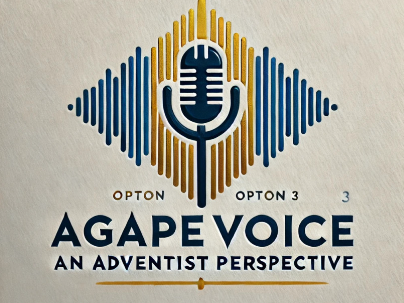
Understanding Prophetic Interpretations Among Christians
As members of the Seventh-day Adventist (SDA) community grapple with their unique interpretations of biblical prophecies, a common question emerges: How do other Christians interpret these significant texts? Understanding these differing perspectives becomes essential, not only for theological dialogue but also for fostering a deeper communal bond beyond denominational boundaries.
The Role of Hermeneutics
At the heart of prophetic interpretation is hermeneutics – the method of interpretation that seeks to uncover meaning within scriptural texts. The SDA Church emphasizes a historical-grammatical approach, wherein the context and the original language play crucial roles in understanding prophecies like those found in Daniel and Revelation. Other Christian denominations may adopt different hermeneutical frameworks, such as the allegorical or literal interpretations, which can lead to distinct understandings of the same prophecy.
Common Prophetic Themes Across Denominations
Despite these variances, there are overarching themes that resonate across Christian denominations. Concepts of judgment, hope, and divine intervention are prevalent in eschatology (the study of end times). For instance, the expectation of Christ's second coming is a shared belief among Christians, though the timelines and signs associated with it differ widely. Exploring these commonalities can encourage unity among believers, fostering conversations that transcend doctrinal divides.
Denominational Diversity in Prophecy Interpretation
Many Protestant sects, such as Baptists and Methodists, may approach prophecy with a more symbolic lens, seeing events not as fixed predictions but as representations of spiritual truths. For example, the Book of Revelation, filled with vivid imagery, invites various interpretations, from literal interpretations of the Millennium to metaphorical understandings that resonate with the community's contemporary issues.
Engaging with Other Viewpoints
Understanding how other Christians interpret prophecies can be an enlightening journey for members of the SDA community. Engaging with different perspectives does not dilute the faith but enriches one's understanding and connection to the larger Christian narrative. Through discussions, joint studies, and community outreach, SDA members can build bridges with other denominations, inviting a spirit of inclusivity.
Future Trends in Prophetic Interpretation
As culture and society evolve, so too does the interpretation of biblical prophecies. With the rise of digital platforms, younger generations are increasingly accessing diverse theological perspectives. This trend may lead to a more synthesized understanding of prophecies, encouraging collaborative dialogues that break down traditional barriers. It is essential for the SDA community to remain open to these emerging discussions while holding onto its core beliefs.
The Importance of Respectful Dialogue
Healthy dialogue among Christians can foster not only a deeper understanding of scripture but also a more profound sense of community. Members of the SDA Church are encouraged to approach these conversations with respect and an openness to learn. Acknowledging differing beliefs while affirming one’s own faith can lead to enriching discussions that nurture spiritual growth on both sides.
Conclusion: Bridging Understanding through Faith
In conclusion, exploring how other Christians interpret prophecies sheds light on the rich tapestry of beliefs within Christianity. While differences may exist, the common goal remains: a sincere pursuit of biblical truth and a deepened relationship with God. As members of the SDA community engage in these dialogues, they not only affirm their faith but also embrace the diverse expressions of belief that characterize the body of Christ.
 Add Row
Add Row  Add
Add 




 Add Row
Add Row  Add
Add 


Write A Comment